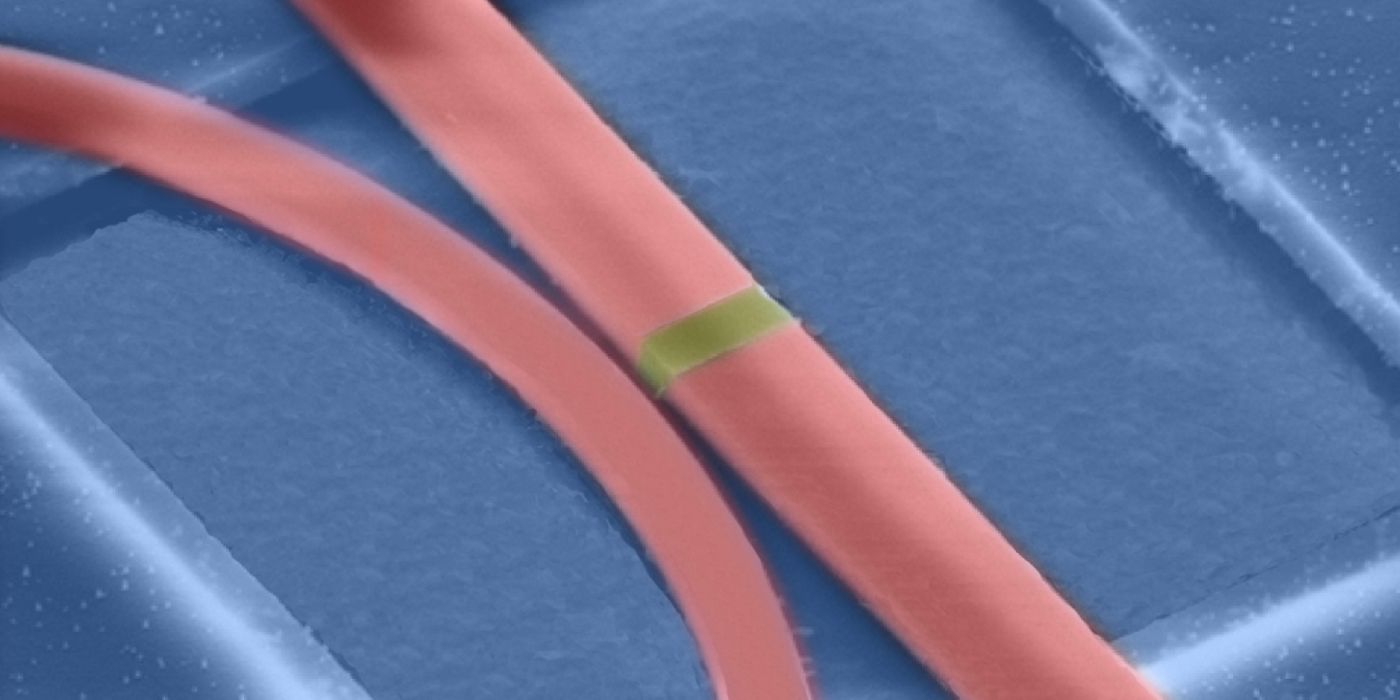Computing With Light Instead of Electrons
Modern computers use electrical signals (electrons) to move information where it needs to go and to store it on the system. Computer processors handle this information, computer memory acts as a workbench for information that needs to be processed, and then computer storage lets the computer put information away for access at a later date.
Since copper can only move electrons so fast, scientists have been looking for a way to make it so that information can travel through a computer using just light, or optical technology. The limitation of data speeds based on the hardware being used is known as the von Neumann bottleneck.
Currently, increasing data throughput speeds is being achieved in the Internet industry by way of fiber optic connections, which are replacing copper cable connections. The plan here is to shrink this concept down to a microscopic scale so that fiber optics can be used in computer CPUs and other motherboard components such that data can travel faster inside of the machine as well as outside of it.
A new breakthrough technology from researchers at Oxford University and University of Münster, in collaboration with scientists at Karlsruhe and Exeter, could change the way computers handle and process data forever by harnessing the power of light instead of electrons.
“There’s no point using faster processors if the limiting factor is the shuttling of information to-and-from the memory,” University of Oxford's Professor Harish Bhaskaran, who led the research, said. “But we think using light can significantly speed this up.”
When we think about a modern computer, electrical signals offer binary information, either a 1 or a 0 for on or off, but the breakthrough technology that researchers have been working on is migrating from electrical signals to light signals, which means instead of only being able to store 1’s and 0’s, different light intensities could give the information different qualities in a single bit, theoretically multiplying the amount of information stored in a single bit.
In doing so, one single (supercharged) bit can carry more information; and at the speed of light, rather than electricity, you can bet it’ll be moving faster too.
These researchers have found a way to actually store information in a non-volatile as it travels through data connections in a way that works similarly to re-writable CDs and DVDs, using GST to quickly change the state of information depending on the situation of the machine accessing it.
The GST memory chip becomes integrated into the internal fiber optics such that it can interact with the light data as it is passed through the data passages. Depending on the pulse rates of the light, the GST can assume crystalline or amorphous states, and the interesting part is that it can do so whether it’s powered or not, which means unlike modern memory technology, you can shut off the power to this mechanism and when you turn it back on, you’ll keep any memory that was stored inside.
Since GST has been used for years in older types of media storage for computers, this concept isn’t entirely far-fetched and researchers understand that GST is tried and true. It has worked for years, and this new concept is a way to re-purpose its existence in the computing world.
“This is a completely new kind of functionality using proven existing materials,” explains Professor Bhaskaran. “These optical bits can be written with frequencies of up to one gigahertz and could provide huge bandwidths. This is the kind of ultra-fast data storage that modern computing needs.”
This is something that may be several years off, but it’s a start in the right direction. Some day in the future, we might see computer speeds jump up instead of just bump up.
Source: University of Oxford









